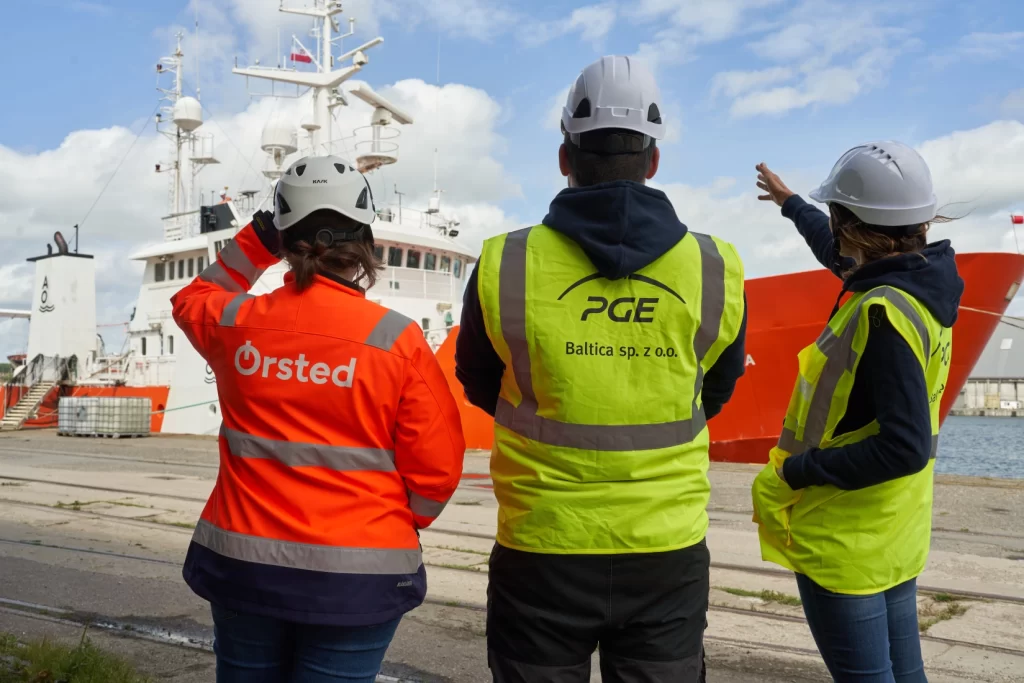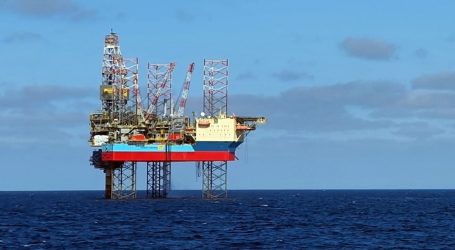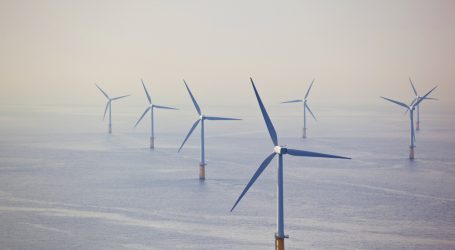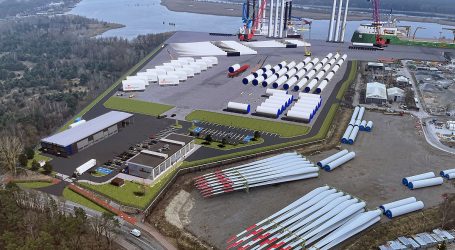PGE and Ørsted conduct bird and porpoise monitoring
PGE and Ørsted, which are preparing to build the Baltica 2 offshore wind farm, have started bird monitoring and are preparing for porpoise monitoring. The research conducted will allow data to be collected on the occurrence of birds and porpoises in the area of the offshore wind farm and in its vicinity. The task is being carried out by Polish companies hired by the investors.
The monitoring of birds, carried out by the company 3BIRD K.Gajko J.Ksepko Sp.j., assumes the acquisition of detailed information, including: density, distribution and abundance of birds by species in the study area.
Porpoise monitoring will be carried out for PGE and Ørsted by MEWO S.A.. Preparatory work for the start of the task is currently underway – calibration and checking of the equipment used during monitoring. Acoustic monitoring of harbour porpoises will last for six months before the start of construction of the wind farm, and will continue throughout the construction period. The presence of harbour porpoises will be recorded using FPOD-type measurement tools, which allow sound to be recorded in the frequency band that is used by porpoises communicate.
According to the QHSE standards adopted in the project, all contractors are subject to the procedure of verification of fulfilment of the standards, which takes place, among others, during ship inspections. One such inspection, in which representatives of MEWO S.A. also participated, took place on 2-3 July in Gdynia.
“One of the key stages in the design of any offshore wind farm is environmental research. They allow for a thorough examination of the natural resources in terms of the organisms occurring in the studied area in order to minimise the environmental impact both during construction and the subsequent long-term operation of the wind farm. Thanks to such research, we are able to reconcile the operation of an offshore wind farm with the preservation of natural resources,” says Bartosz Fedurek, CEO of PGE Baltica.
Environmental monitoring in the area of the future offshore wind farm is an important activity within the preparatory phase of the investment, which aims to inventory selected biotic components.
Porpoise surveys involve recording the underwater sounds that porpoises make – so-called clicks. Each recording device, the so-called FPOD, will be located at a depth of about 20-50 metres underwater and will record the sounds for a period of about 6-10 weeks. After this time, during so-called service cruises, the recorded data will be extracted and transferred for reading and analysis, and the batteries in the FPODs will also be replaced if necessary. The device will then continue to operate in the water depths. At the end of the surveys, a final report will be drawn up summarising the monitoring including analysis of the collected data.
“Green energy development must go hand in hand with the protection of natural habitats and wildlife. At Ørsted, we have set ourselves the goal that all new renewable energy projects commissioned from 2030 at the latest will have a net positive impact on biodiversity. This means that we will not only avoid, minimise and compensate for any impact on nature during the life of our projects – but we will also actively help to restore and improve ecosystems. I am convinced that by putting sustainability at the heart of our business, we will unleash innovations that catalyze green solutions in the energy industry on the Polish market as well and drive progress towards a low-carbon economy in balance with nature and society,” says Agata Staniewska Bolesta, managing director of Orsted Offshore Poland.
Source: PGE Baltica




